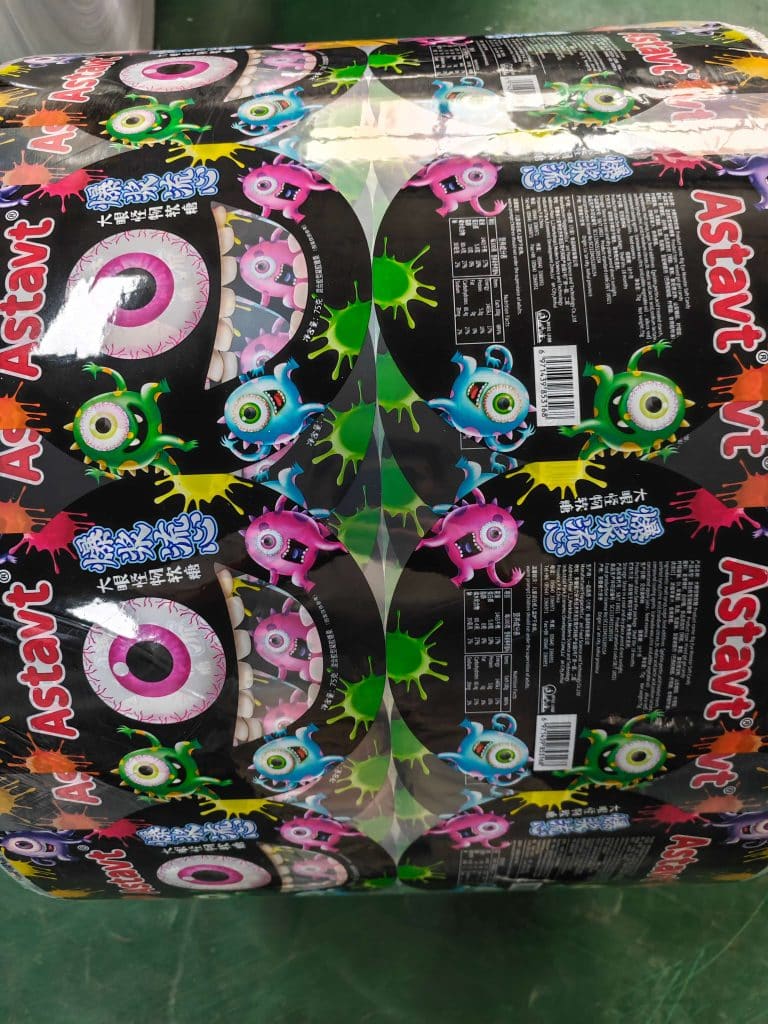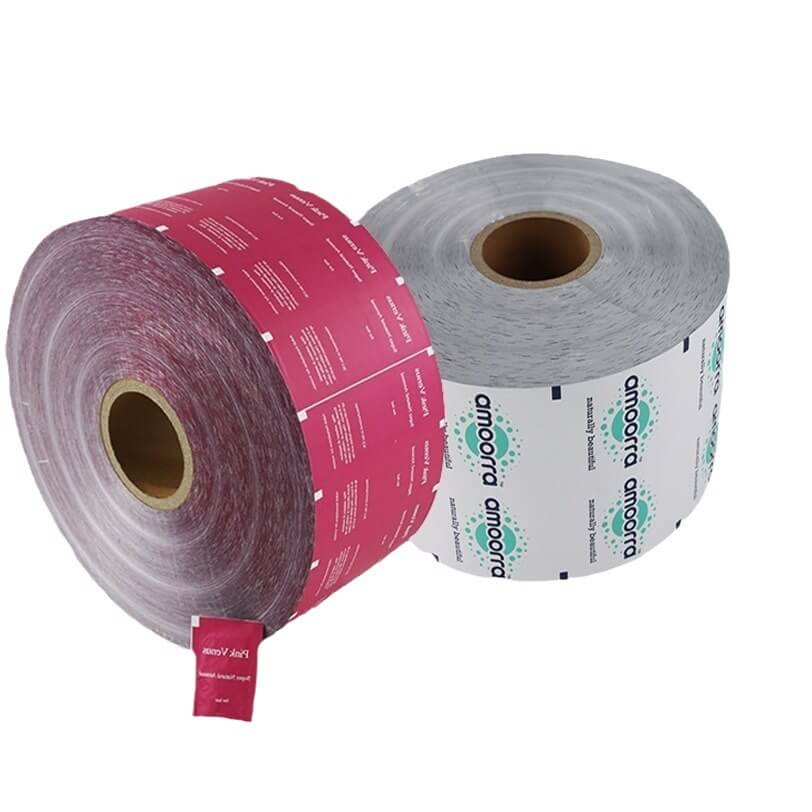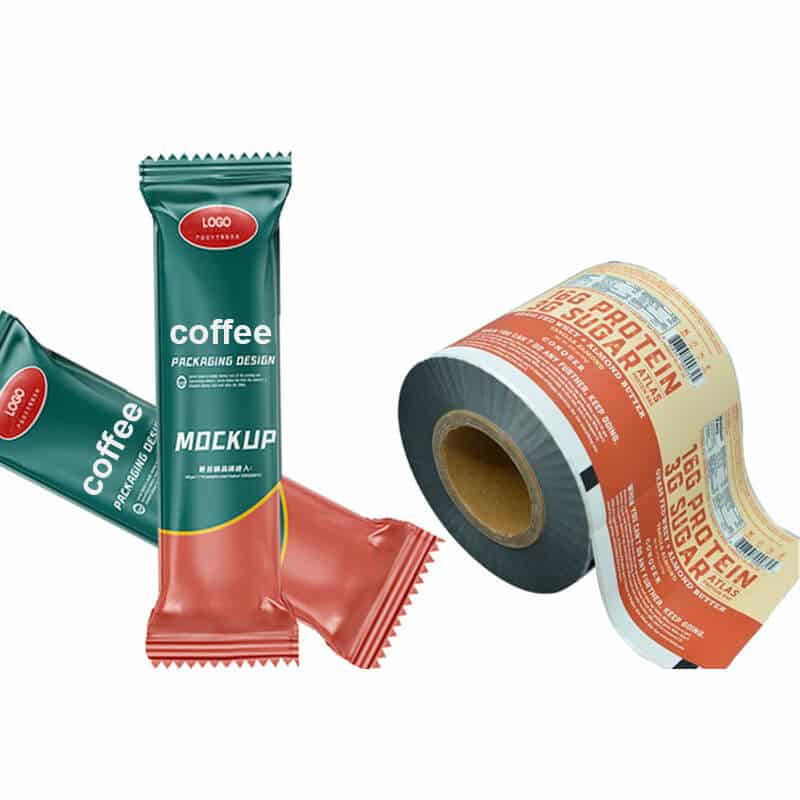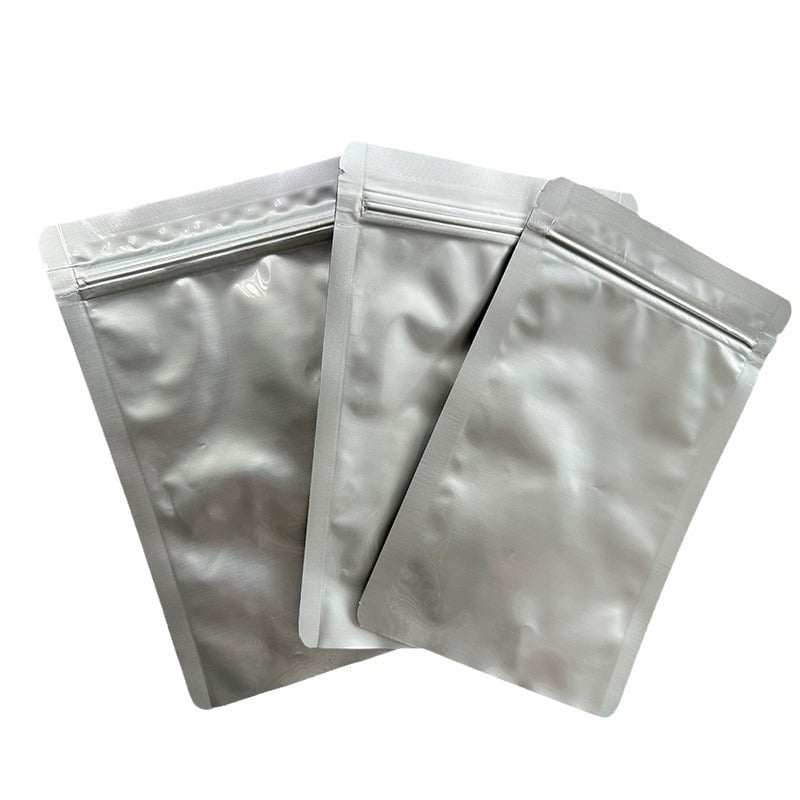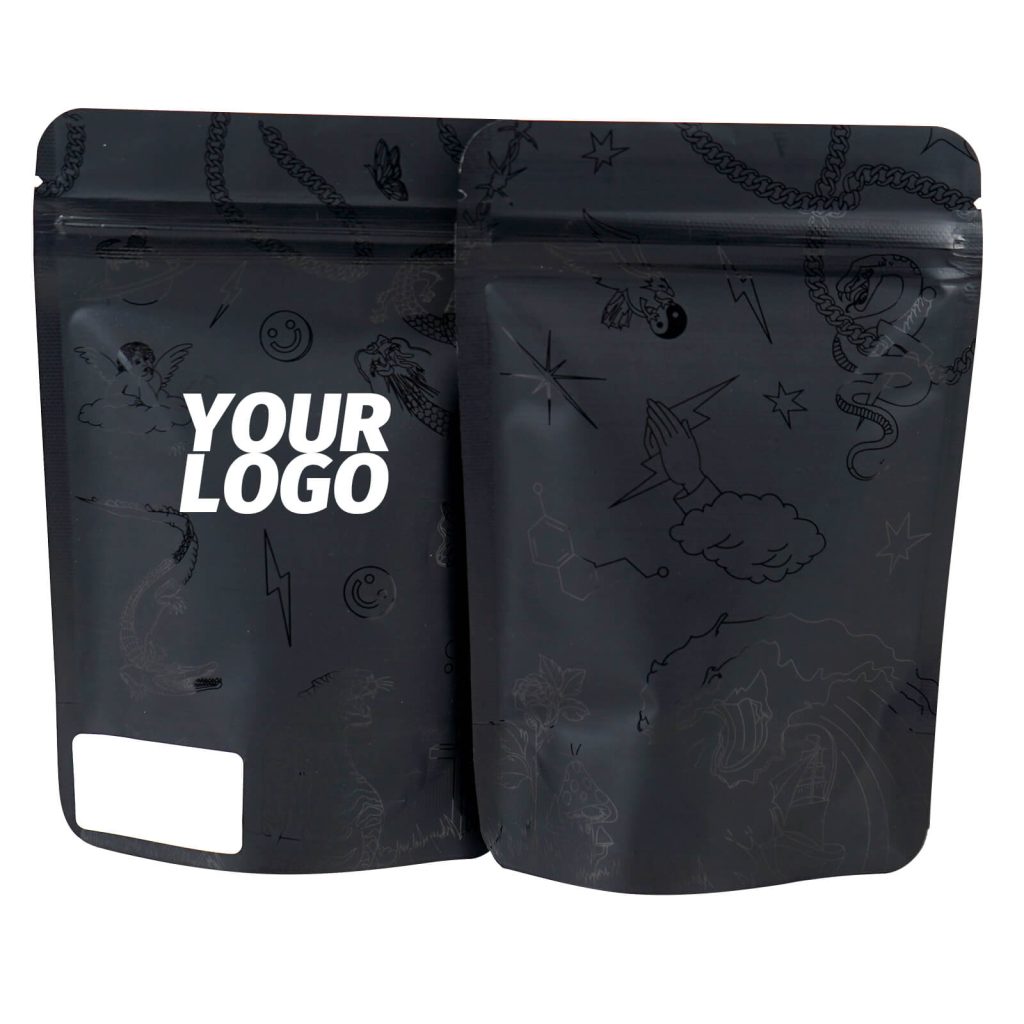The three most common methods of bag sealing
1, heat sealing: use a saw blade with fire to heat up; the plastic film can be rolled up. You can also take a stick. To seal the bag, first, roll a circle, and then a small fire will be heated, packed firmly, and will not burn the bag.
2, the iron seal: open the iron, about the temperature, put an iron plate or something hard underneath, with pressure behind the iron. But when dealing with an iron, you must pay attention to the temperature and seal the speed.
3, mechanical equipment sealing: For many plastic packaging bags that want to improve the sealing speed, you can use a sealing machine for sealing. You can use the foot sealing machine for ordinary single-layer plastic packaging bags. Multi-layer composite plastic packaging bags, such as PET plastic packaging bags, usually need to reach a high temperature of 200 degrees before the bag can be sealed.
Small home-use bag sealing machines are also for sale, available for personal or family use.

Five ways to seal coffee packaging
With the development of various technologies, the coffee market continues to expand and become more and more popular, and the requirements for coffee sealing are also increasing. The famous coffee packaging sealing methods can now be divided into the following.
Heat sealing:
Heat sealing is a common and effective method of sealing coffee bags. It involves using heat to melt the plastic material of the bag and form a seal. Heat sealing is a fast and reliable method that creates a solid, durable seal resistant to punctures and tears. This method is suitable for sealing both paper and plastic bags.
Heat sealing is one of the methods mentioned above and can be done using simple homemade sealing methods such as irons, hot irons, or mechanical sealing.
Pulse sealing:
Pulse sealing is another standard method of sealing coffee bags. It involves the use of a heating element to heat the bag for a short period, creating a seal by melting the plastic material. Pulse sealing is a fast and effective method suitable for sealing paper and plastic bags.
To pulse seal a coffee bag, the bag is placed in a pulse sealing machine which uses a heating element to heat the bag for a short period. The heat melts the plastic material of the bag, creating a seal. The pulse sealer can be set to a specific temperature and time to ensure a consistent and high-quality seal.
Pulse sealing is generally less used by the general public and mainly by factories.
Tin-Tie Sealing:
Tin-tape sealing is a popular method of sealing coffee bags. It involves using a metal wire with a strip of paper or plastic attached. The wires are twisted to form a tight seal that keeps the bag closed. Tin tie sealing is a simple and effective method for paper and plastic bags.
To apply a tin tie seal to a coffee bag, a metal wire with a paper or plastic strip attached is inserted into the mouth of the pack. The wire is twisted to create a tight seal that keeps the bag closed. The paper or plastic strip can be printed with the coffee brand or other information for branding purposes. This type of coffee sealing is often used in kraft coffee bags, which are convenient and seal well.
Clip seal:
Clip sealing is another standard method of sealing coffee bags. It involves the use of plastic or metal clips to seal the bag. The clip is placed at the bag’s opening and quickly closed to create a tight seal. Clip sealing is a simple and effective method that works for paper and plastic bags.
To clamp a coffee bag, a plastic or metal clip is placed over the opening of the bag and then quickly closed to create a tight seal. This type of seal is suitable for use in the home; not very concerned about the effectiveness of the seal can be used but there is a risk that it will not be adequately clamped and lead to air leakage.
Resealable zipper seal:
A resealable zipper seal is a popular method of sealing coffee bags. It involves using a plastic zipper that can be opened and closed multiple times, allowing the consumer to reseal the bag after each use. The resealable zipper seal is a convenient and effective sealing method for paper and plastic bags.
A plastic zipper is attached to the pack’s opening to use a resealable zipper-seal coffee bag. The consumer can open and close the zipper multiple times to remove the coffee beans and reseal the bag after each use. This type of sealing is used extensively in coffee bags and is simple and practical.
Features of the three types of coffee packaging seals
- Sliding pull bar (zipper closure)
Sliding pull strip there are two kinds of plastic pull strip and zipper; these two solutions are market-tested, and mature technology, but the plastic pull strip is more easily damaged, the zipper air sealing effect is not enough, and there are some seals in coffee packaging using this method.
- Squeeze the seal strip (repeatable seal)
The application of squeeze seal strip is very mature and widely used by manufacturers and consumers, but this type of seal requires alignment for a better fit; the repeatable seal is used in a large number of coffee packaging seals, is easy to use, good sealable performance is the most significant factor in the popularity of this sealing method.
- Hook to hook (Velcro closure)
Hook to hook in closing the tactile advantage is obvious, simple, and fast, but it can not provide air sealing; this sealing method can not completely block the air, only partially used in coffee sealing packaging.
Coffee sealing summary
We are a coffee packaging bag manufacturer with 20 years of experience providing our customers with a wide range of coffee packaging bag solutions. We also have mature solutions for coffee sealing, which can make our customers’ coffee packaging.
The coffee beans and coffee powder are well protected, and the aroma of the coffee is maintained for a long time. The individual coffee packaging can make the customer’s coffee stand out from the crowd and increase the visibility of the customer’s coffee packaging.

